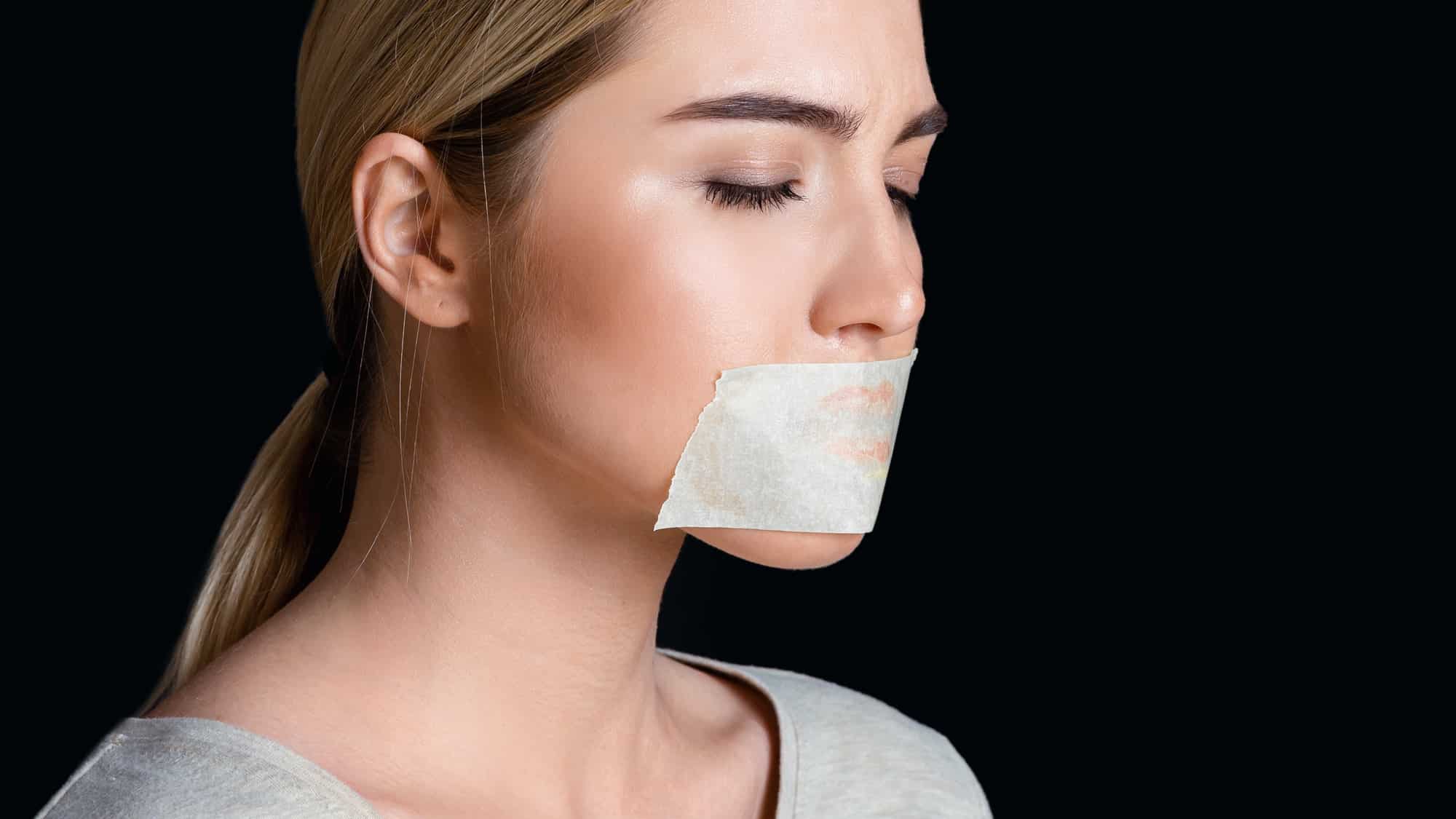Nasal breathing is a natural and essential part of our bodily functions. It has numerous benefits that can contribute to overall health and wellbeing. One method that has gained popularity in recent years in promoting nasal breathing, especially during sleep, is the use of mouth tape.
In this comprehensive guide, we will delve into the intriguing world of nasal breathing with mouth tape, exploring its benefits, the science behind it, and how you can incorporate it into your daily routine.
Understanding the Importance of Nasal Breathing
Nasal respiration is more than just a way for our bodies to take in oxygen and expel carbon dioxide. It plays a crucial role in our overall health, offering benefits such as improved sleep, better oral health, and enhanced cognitive function.
The Role of Nose in Breathing
The nose is anatomically designed to facilitate efficient breathing. It filters, warms, and humidifies the air we breathe, making it more suitable for the lungs. The nasal mucosa, tiny hairs in the nostrils, helps filter out dust and harmful allergens, offering an extra level of defense against sicknesses..
The Downside of Mouth Breathing
Mouth breathing, on the other hand, can lead to several health issues. It can result in dry mouth, leading to bad breath and an increased risk of tooth decay and gum disease.. It can also contribute to snoring and sleep apnea, conditions that disrupt sleep and can lead to more serious health complications if not addressed.
The Advent of Mouth Taping
Mouth taping is a simple yet effective method to promote nasal breathing, especially during sleep. It involves placing a piece of tape over the lips to keep them sealed, forcing the body to breathe through the nose.
The Origins of Mouth Taping
The concept of mouth taping originated from the Buteyko Method, developed by Russian doctor Konstantin Pavlovich Buteyko in the 1940s and 50s. He observed that when people were ill, their breathing rates increased, leading to hyperventilation. He hypothesized that many disorders were a result of this dysfunctional breathing pattern and suggested that controlling one’s breathing might improve their wellbeing.
How Mouth Taping Works
Mouth taping works by gently keeping the mouth closed during sleep, encouraging the body to breathe through the nose. This simple method can re-establish better breathing habits, especially for those who tend to breathe through their mouth while sleeping..
The Remarkable Benefits of Mouth Taping
Mouth taping offers several benefits that can enhance your oral health, improve your sleep, and boost your overall wellbeing.
Better Sleep
By stimulating the nasal mucosa and promoting nasal breathing, mouth taping can help you reach a more relaxed state and progress through different stages of the sleep cycle more effectively. This results in better quality sleep and increased energy levels upon waking.
Improved Oral Health
Mouth breathing can lead to dry mouth, which can cause bad breath and increase the risk of tooth decay and gum disease. By keeping the mouth closed and promoting nasal breathing, mouth taping can help maintain a healthier oral environment..
Reduction in Snoring
Mouth taping can help reduce snoring by keeping the mouth closed and encouraging nasal breathing. This can not only improve the quality of your sleep but also that of your partner if your snoring tends to keep them awake.
Potential Reduction in Blood Pressure
The nitric oxide produced during nasal breathing can help dilate blood vessels, improving blood flow and potentially reducing blood pressure. This can be particularly beneficial for those with hypertension.
Are There Any Risks or Side Effects to Mouth Taping?
While mouth taping is generally safe, it’s important to be aware of potential side effects and risk factors.
Potential Risks and Side Effects
Some people may experience skin irritation or allergic reactions to the tape material or adhesive. Others may find the sensation of having their mouth taped uncomfortable or anxiety-inducing, particularly at first. It’s also important to note that mouth taping is not suitable for everyone, especially those with severe nasal congestion or blocked nasal passages.
Choosing the Right Mouth Tape
Choosing the correct mouth tape is crucial to ensure comfort and effectiveness. It’s advisable to opt for a hypoallergenic, breathable tape that is gentle on the skin. There are several products on the market specifically designed for mouth taping, made from non-toxic materials that are gentle on the skin..
Incorporating Mouth Taping into Your Routine
If you’re considering trying mouth taping, it’s important to approach it in a safe and gradual manner.
Starting Slow
Start by taping your mouth for short periods during the day to get used to the sensation. Gradually increase the duration until you feel comfortable enough to try it during sleep..
Ensuring Proper Application
When applying the tape, make sure your mouth and lips are clean and dry. The tape should be placed horizontally across the lips, ensuring a secure seal without causing discomfort.
Consulting with a Healthcare Professional
Before starting mouth taping, it’s crucial to consult with a healthcare professional. They can provide guidance, evaluate whether this method is suitable for you, and monitor your progress.
The Verdict on Mouth Taping
While there are currently no clinical studies confirming the benefits of mouth taping, anecdotal evidence suggests that it can be a useful tool in promoting nasal breathing and enhancing sleep quality. It’s a safe, inexpensive, and non-invasive method that can be easily incorporated into your nightly routine. However, as with any new health practice, it’s important to consult with a healthcare professional before starting.
Remember, mouth taping is not a cure for sleep disorders or a substitute for professional medical advice. If you have a sleep disorder like sleep apnea, it’s important to seek appropriate treatment.
With the right guidance and approach, mouth taping can be a useful tool in promoting better sleep and overall health. So why not give it a try and see the benefits for yourself.




